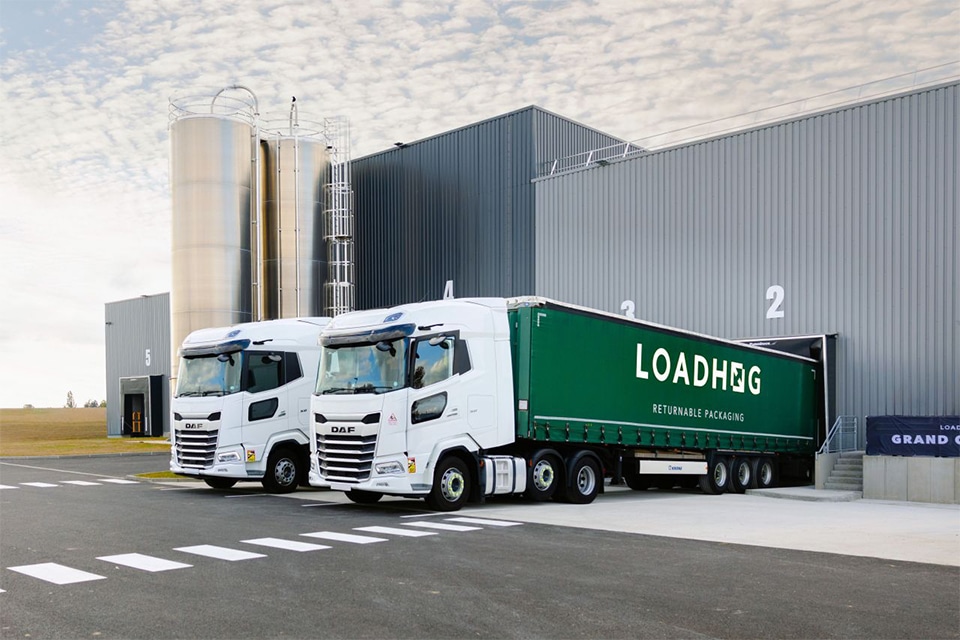
Direct picking in carton box offers efficiency opportunity
Who doesn't want to take a step out of the logistics process? If an operation processes sufficient volume, automation in item picking makes this possible. Easy Systems solutions engineer Maarten Peelaers: “For example, a plastic crate in the picking process can be replaced by a box that then goes directly to the end customer. A little more automation thus replaces a manual operation.”
Virtually every logistics operation is looking for ways to speed up processes, reduce errors and, above all, rely less on physical labor. In addition, under pressure from laws and regulations, the need for sustainability is increasing. Says Peelaers, “This makes it understandable that demand is increasing for effectively slicing boxes so that they can go directly to the customer after picking.”
In a lot of physical logistics order picking processes, warehouse workers gather items into a plastic bin, then siphon the items at a workstation into the appropriate box and label it. “It's an interesting change if the plastic bin can be replaced with a box that is reasonably sized. Then you can also use box folding and sealing machines.”

Play between logistical elements
Easy Systems“ added value lies mainly in its experience with logistics projects and advising on which set-up, machines and types of boxes lead to the greatest effectiveness. ”In more manual operations, it is possible to use up to ten or more types of boxes. If you opt for more automation, it makes more sense to choose a maximum of two or four types of boxes. Removing a link is a game between operators and boxes, but also as best as possible connecting roller conveyors and box folding and sealing machines. The volumes of boxes can be reduced by smart cutting."
Human aspect determines ROI
According to the solutions engineer, the switch to this custom logistics process is of interest to companies handling from a few hundred to thousands of boxes per hour. “Companies that pick fewer boxes per hour or have very high variation are probably better off opting for picking in a plastic bin.” When it comes to the payback period, the human aspect is especially decisive. “In addition, automation requires a certain intelligence and a different type of employees, something that is less the case with manual processes.” Companies where Easy Systems has carried out these types of projects include retail.
Multiple benefits
Automating manual operations, such as using a cardboard box already during the picking process leads to multiple benefits, Peelaers points out. “You speed up the process, the chance of errors decreases and boxes do not have to return to the picking line. And as machines continue to improve, they will soon be even better at cutting boxes to the size of the items picked. This allows you as a user to respond to future laws and regulations.”
Heeft u vragen over dit artikel, project of product?
Neem dan rechtstreeks contact op met Easy Systems Benelux BV.
 Contact opnemen
Contact opnemen


